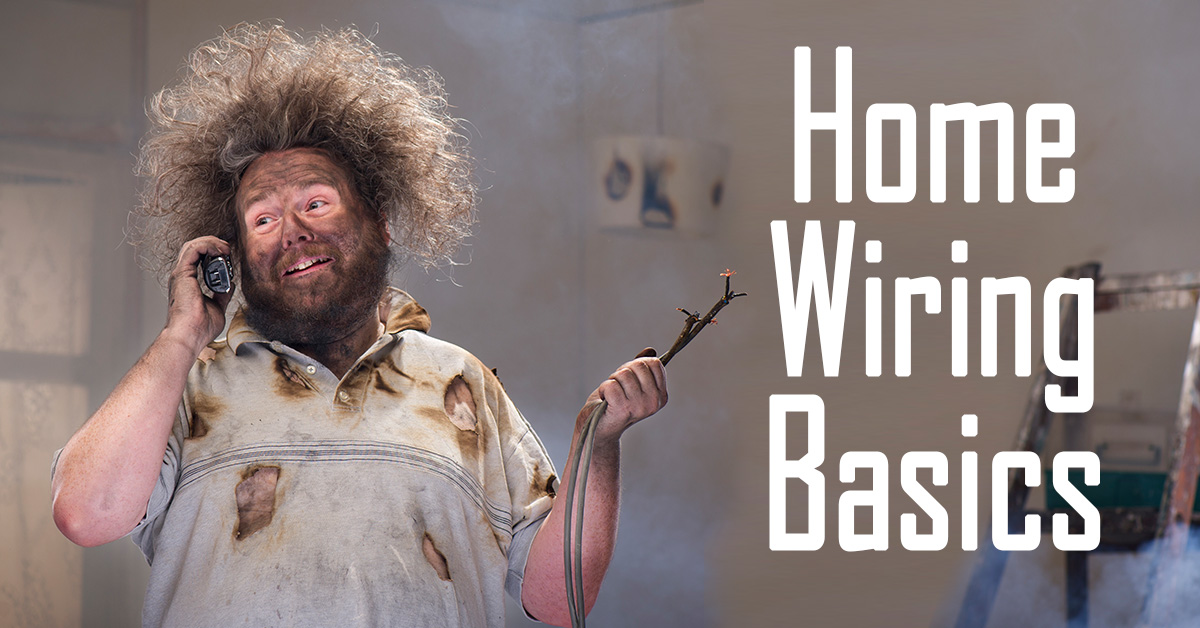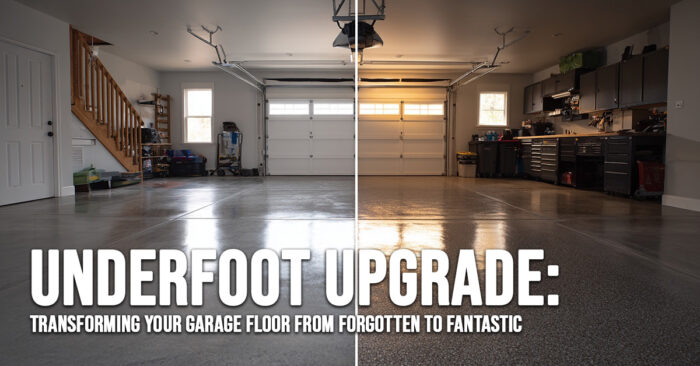Home Wiring Basics

Home Wiring Basics
Your home’s wiring is like its nervous system, sending electrical charges and energy through your home. Wiring, however, has changed through the years, in some cases, pretty dramatically. Here are some home wiring basics you should know.
Why Your Wiring is So Important
Home wiring is covered by standards or codes that are required to be met. These electrical codes govern wiring and help keep homes safer. If changes are made that don’t meet these codes or standards, not only could your home become less safe, but it could become difficult to sell if caught by some future home inspector.
The Difference Between a Wire and a Cable
While often used interchangeably, there is a difference between a wire and a cable. A wire is a single conductor of electricity, whereas a cable is two or more wires contained in the same jacket.
Types of Wiring Through the Years
Like rings in a tree trunk, wiring can often tell the age of the home in which it is contained. Here are some examples through the years.
- Knob and Tube Wiring– Extremely popular from the 1890s through the early 1900s, knob and tube wiring ran “hot” and neutral wires separately through the home using porcelain insulators and tubes. Wiring was often coated with a rubberized cloth coating. Many old homes still have remnants of this type of wiring in place, and in some cases, in use. It is considered unsafe by today’s standards because it is not grounded.
- Flex or Greenfield Cabling– From 1920 through the forties, metal flex cables became popular in homes because they offered more protection for wires, flexibility, and when installed properly, were grounded. They still didn’t contain separate grounding at outlets, however.
- Non-Metallic Sheathed Cable– Through the 1930s, a first generation of sheathed cables became popular for their ease of installation. They contain both hot and neutral wires wrapped in one cable of rubberized cloth. It was still ungrounded and was found to only have a lifespan of about 25 years. If found today, it should be replaced.
- Metal Conduit– This metal tubing allowed for individual wires to be pulled through it and gained popularity in the 1940s. The metal tubing also provided an effective ground. Metal conduits are still used today in many homes, especially where wiring may be exposed.
- Modern NM Cable– This more modern cabling has both hot and neutral wires that are contained in a durable and flexible vinyl material. It is long-lasting, flexible and easy to install and is found in virtually all modern construction.
Old wiring is one reason home insurance can be more expensive for older homes. If you are unsure of the age of the wiring in your home, contact a trusted electrical contractor.
If you haven’t had a homeowners’ insurance policy review in years, we invite you to contact one of our independent agents. Your review and price quote is free and comes without obligation.
Do you have questions about your insurance? Find an insurance agent near you with our Agent Finder
Search All Blogs
Search All Blogs
Read More Blogs
From Ford’s Innovation to Today’s Marvel: Unveiling the Secrets of Modern Car Production
Beyond the assembly line: Discover the surprising speed, customization, and quality checks involved in modern car manufacturing.
Beyond Pizza and Promises: Recognizing When It’s Time to Hire Professional Movers
Time to call the pros? Learn when pizza and beer just won’t cut it for your next move.
Mapping Our Roots: Uncovering the Stories Behind American City Names
City names revealed! Discover the historical, religious, and geographical influences behind the monikers of American cities.
The Agile Approach: Why Short, Focused Plans Are Overtaking the Mammoth Business Blueprint
Ditch the doorstop plan! Discover why concise, adaptable strategies are the new gold standard for business success.
Embracing Tomorrow: The Practical Power of Planning for Life’s Only Certainty
Face the future with confidence: Understand how planning for life’s only certainty with life insurance can provide lasting security.
Steering Your Savings: Taking Control of Your Car Insurance Rates
You’re in the driver’s seat! Learn how your credit, driving habits, vehicle choice, and smart shopping can lower your car insurance costs.
Underfoot Upgrade: Transforming Your Garage Floor from Forgotten to Fantastic
Don’t ignore your garage floor! Discover easy and impactful ways to upgrade this often-neglected area of your home.
Unwrapping the Wiener: A Deep Dive into the History and Lore of the Hot Dog
Beyond the bun: Discover the surprising history, varieties, and enduring appeal of America’s favorite tubular treat.
The Untapped Power of Collaboration: Why Asking for Help Fuels Business Success
Stop going it alone! Discover how leveraging the expertise of others can relieve pressure and drive your business forward.
Navigating the Grandparenting Journey: Understanding Today’s Families
Grandparenting today: Learn key shifts in family dynamics to build stronger connections with your children and grandchildren.









